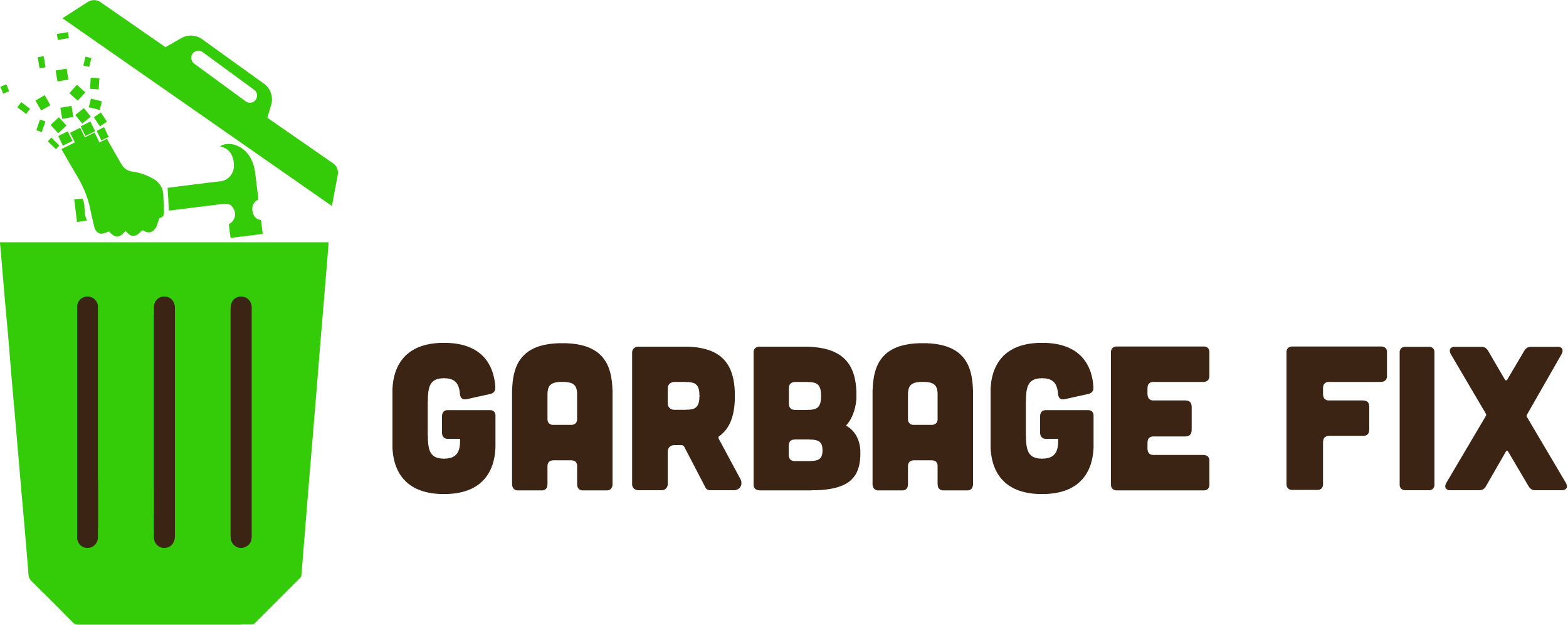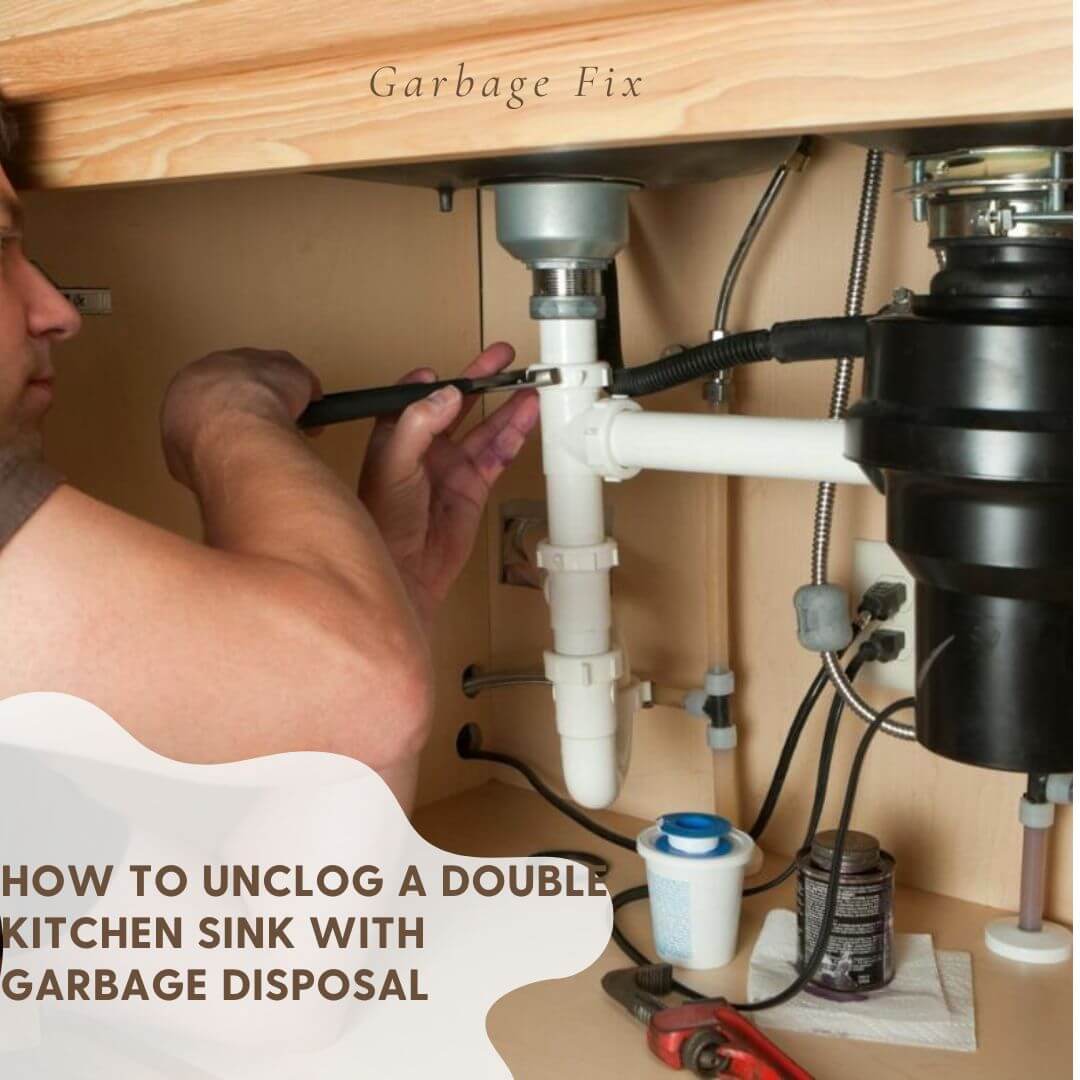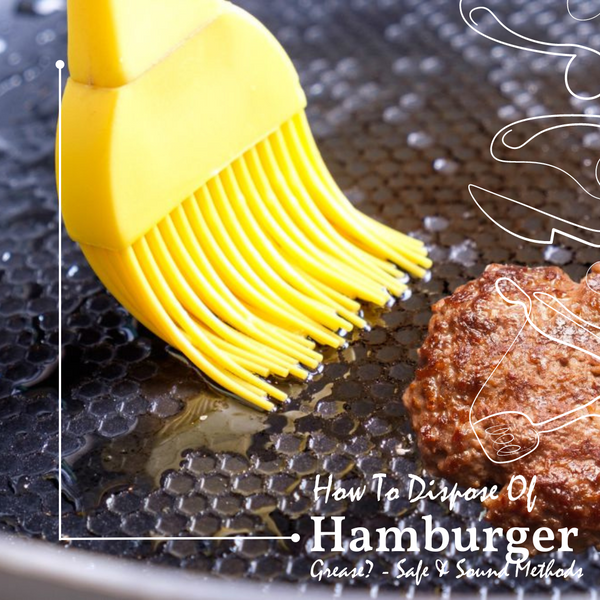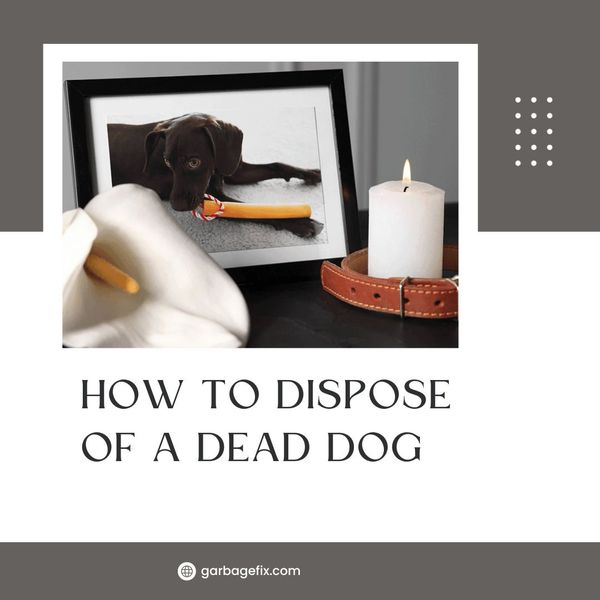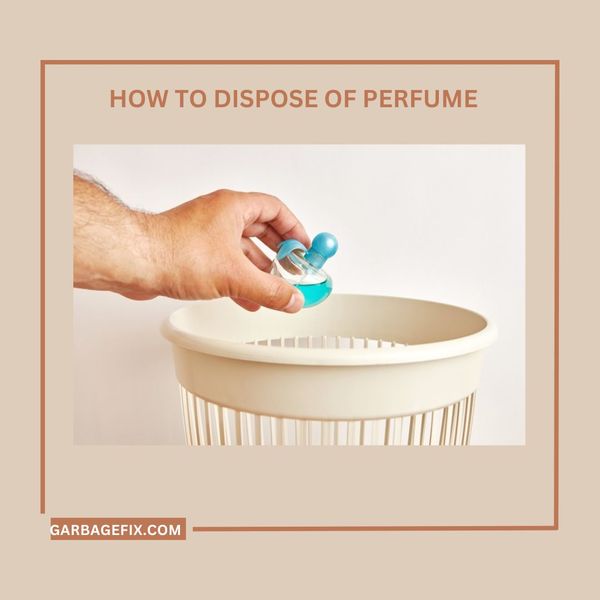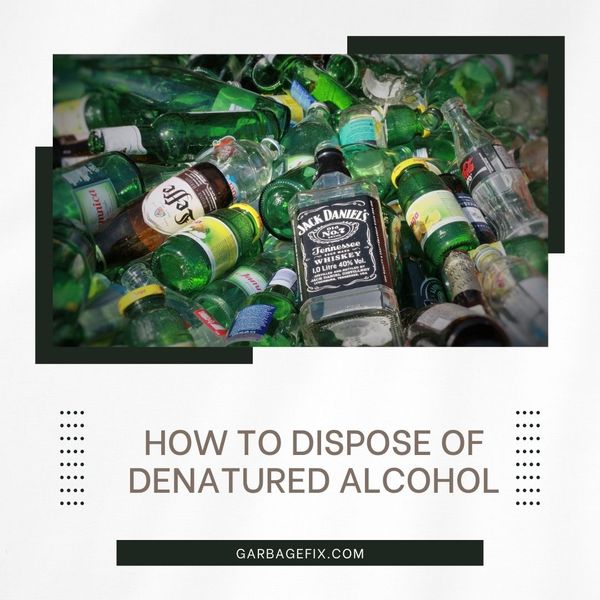There can be many problems with garbage disposers. They can jam when some objects muddle up the impeller blades inside. It may cause the drain fittings to lose and cause the sink beneath to leak.
Or, unusually, the drain which connects the garbage disposer to the remaining part of the skin’s drain trap assembly, which can potentially clog it and cause the water to back up in the sink basin.
When you have a garbage disposal in your kitchen, a lot of items are sent down the drain each day, which can clog it.
Small quantities of food bits usually go down the drain accidentally and go through it. The problem arises when a large portion of these enter the pipe.
If you encounter a clog, the most immediate thing one will do is to get a drain cleaner and use it to get rid of the issue. These chemical drain cleaners, however, can destroy and damage the pipes.
Your garbage disposal may suffer irreparable damage to its metal blades and plastic components by the use of chemical drain cleaners. We will be discussing how to unclog a double kitchen sink with the garbage disposal.
Causes of a Garbage Disposal Clog
A garbage disposer is an essential appliance that makes your life very easy but is taken entirely for granted simultaneously.
The disposal general does not have any problem grinding most of the food waste, but what happens post grinding is something that will cause the clog.
The leading cause of clogged garbage disposal is how ground food will react to the abundance or lack of water, once the disposal units grind it up and transfer to the drain line.
If a garbage disposer is clogged, the trap pipe which is on the disposal’s waste discharge side will become problematic. There are several reasons why the problem occurs.
Causes of Clogged Garbage Disposals
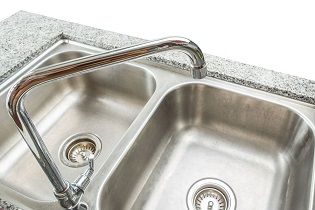
The waste line or trap gets coated eventually when a lot of food waste is stuck, clogging the disposals over time. The most common causes of clogged disposals are as follows:
Not running down enough amount of water down the disposal when it is grinding, will surely clog it.
If an adequate amount of water is not flushed down, the waste will not get through the pipes and will eventually build up with time.
Consequently, when a full blockage occurs, water will not be able to flow at all.
If you are grinding coffee grounds or eggshells at your disposal, know that these items can cause problems more significant than you can imagine.
A very granular waste is created when these or similar items are ground, which will stick with any sludge present in the pipes to create a clog.
Another notorious clog maker is potato peels. If they are grounded, a thick starchy paste very similar in texture to mashed potatoes will form and clog the drain in no time.
Banana peels are another item identical to potato peels, except that they will also have stringy fibers as well, so these can also be problematic if the ground in the disposal.
Prevention techniques
The simplest method to avoid clogs is to ensure that a lot of water is being flushed down when grinding and 30 seconds after it as well.
Regular maintenance of the disposal is also necessary to be regularly grinding some ice cubes and lemon in the disposal.
How to unclog kitchen sink with disposal
If the disposal drain is very slow or stopped altogether, there is a high probability that the problem is in the drain trap – an A or P shaped plumbing fitting located right beside the discharge pipe of disposal.
1. Place a bucket under the drain trap of destruction: use pliers to disconnect the joints on the trap and remove it. As you disconnect, it is common for water to spill out as you do so.
2. Check for any obstructions or clog in trap fittings: such clogs will most likely occur in the trap’s sharp bend. Using a small scrub brush is very useful to dig out the debris present in it.
3. Examine the drain arm: if there is a clog in the trap, it may lie in the drain arm connecting the branch drain pipe, which leads to the wall.
It may also be in the vertical drain pipe present in the wall. To clear such clogs, the obstruction shall be cleaned with a sink auger.
4. Reassemble the drain trap fittings now and flush some water through the disposal for a few minutes to ensure any loose debris is flushed through the system. The garbage disposal shall be kept as clean as possible.
Before pouring in chemical cleaner through disposal clogged double sink, think twice and do the following instead:
1. Unplug the garbage disposal first, never work on a drain where power supply is provided to the garbage disposal.
3. Let the hot water run down for a few minutes to clear the clog.
4. Repeat the same if necessary.
5. If you have used the procedure a few times, and the clog remains – use a torch to peek into the drain.
Sometimes a foreign object is also found in the pipe, like a utensil or a bone. Needle nose pliers or a pair of tongs can be used to reach such items.
6. Plug the power supply back to the garbage disposal, flush some water, and turn it on.
7. If the blockage remains, use a plunger to loosen that clog. In the case of a dishwasher, clamping the dishwasher’s end is essential to prevent the hose from popping off the disposal nozzle when you plunge the sink drain.
8. Place the plunger over the sink drain directly, so it covers the waste completely.
Pour some water in the sink, so the plunger’s lip is covered with water. Now plunge the drain vigorously for one minute.
9. Lift the plunger now and check the water flow. If it is still clogged, the process can be repeated several times if a clog can be released.
If the clog is dissipated, make sure that hot water runs down for a few minutes.
This simple guide has provided a step by step technique as to how to unclog a double kitchen sink with the garbage disposal, the next time you face this problem follow the above steps and you are good to go!
